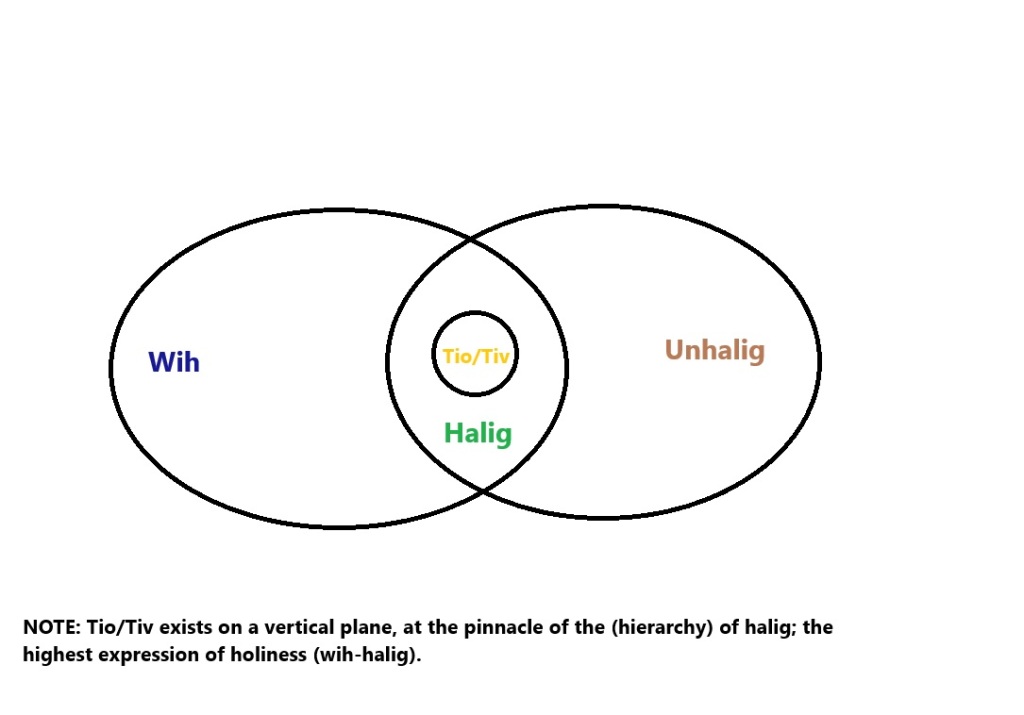According to the Voluspa,
First there was YMIR (and so etinkind; unhallowed existence; UNHALIG)
Then there was BURI (and so divinity; the hallowing force; WIH).
Third there was MIDGARD (hallowed existence, holy Creation; the culture of Man; HALIG).
And finally there was ASGARD (the pinnacle of Creation; the temples, the idols, the sacrifice, the sacral hymns, etc.; Tio/Tiv).
I use the word tio (Old Norse tiv) in a broader sense than is (immediately) evident in the Germanic lore, and more in line with the use of its Sanskrit cognate deva, which refers to a shining/heavenly god or anything of excellence.
We might regard things that are tiv as Plato’s “Ideal Forms” and they are by no means limited to the Tivar in the Eddas where we find scattered but constant references to the best of this or that, eg. the best of hounds, the best of horses, the best of bridges, the best of swords, etc.
These things understood as existing “in the heavens” with the Vear; while we only know their less than perfect manifestations.
So, while the temporal and/or cultural manifestations of these “Ideal Forms” can change and even die, the “Ideal Form” itself, which again has its origins and is rooted in the “otherworld”, is forever untouched by either fire, flood, or sword. Like the archetypal swine or goat slain in sacrifice, the dead hero or king, the Ideal Form can always remanifest.
The king is dead! Long live the king!
The once and future.
You get the idea.
What dies at Ragnarok is not the gods. That is not even what the term Ragnarok means.
Ragnarok means the judgement (-rok) of the Regin (the gods, the great judges).
What dies at Ragnarok is Man’s faith, the bridge that links Man and God is shattered. And so the cultural forms of the gods begin to droop and wither, severed as they are from the hallowing force.
But the Ideal Forms, the Hallowing Ones (the Vear) remain. Set Apart. Untouched. Timeless.

